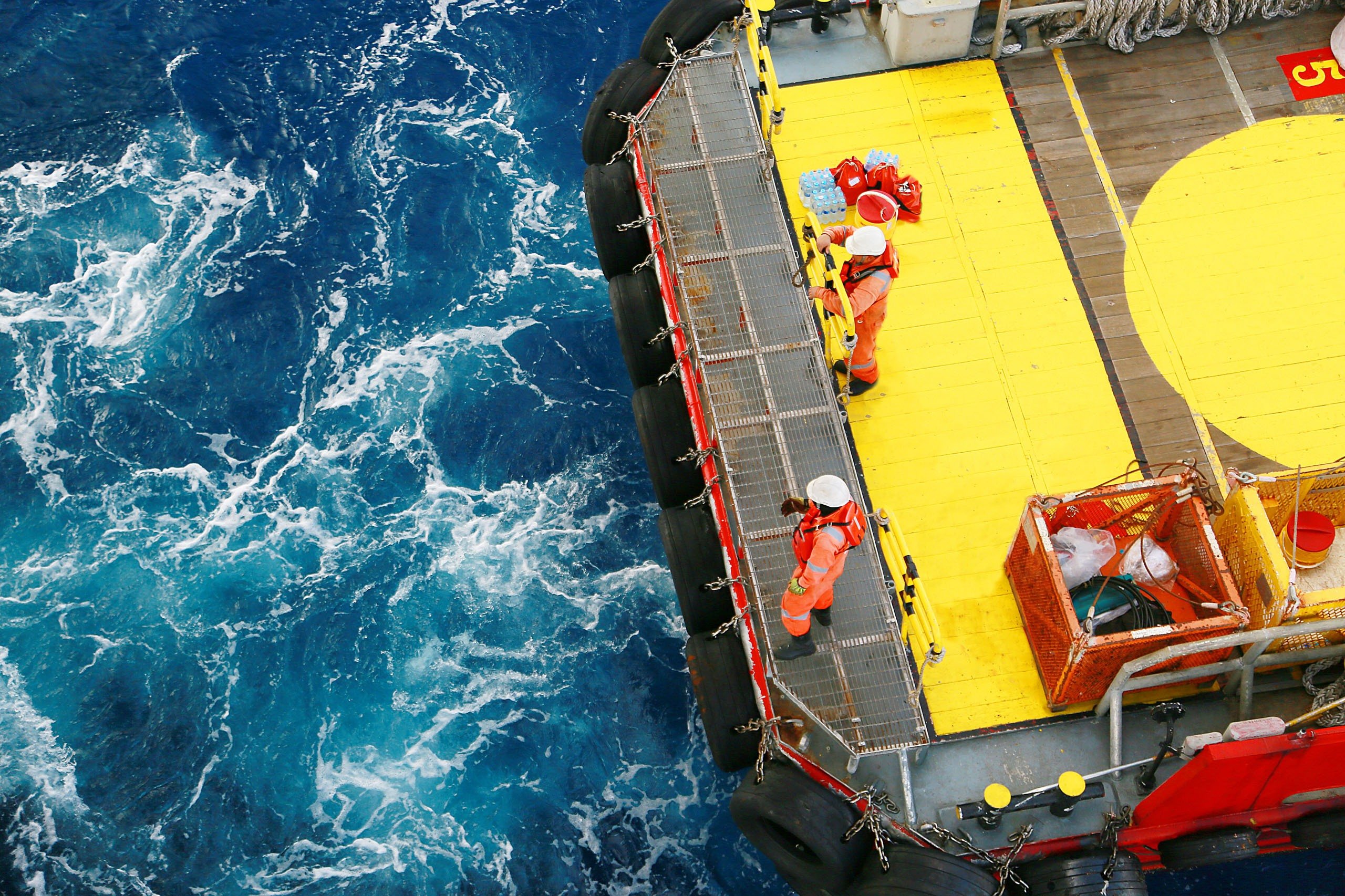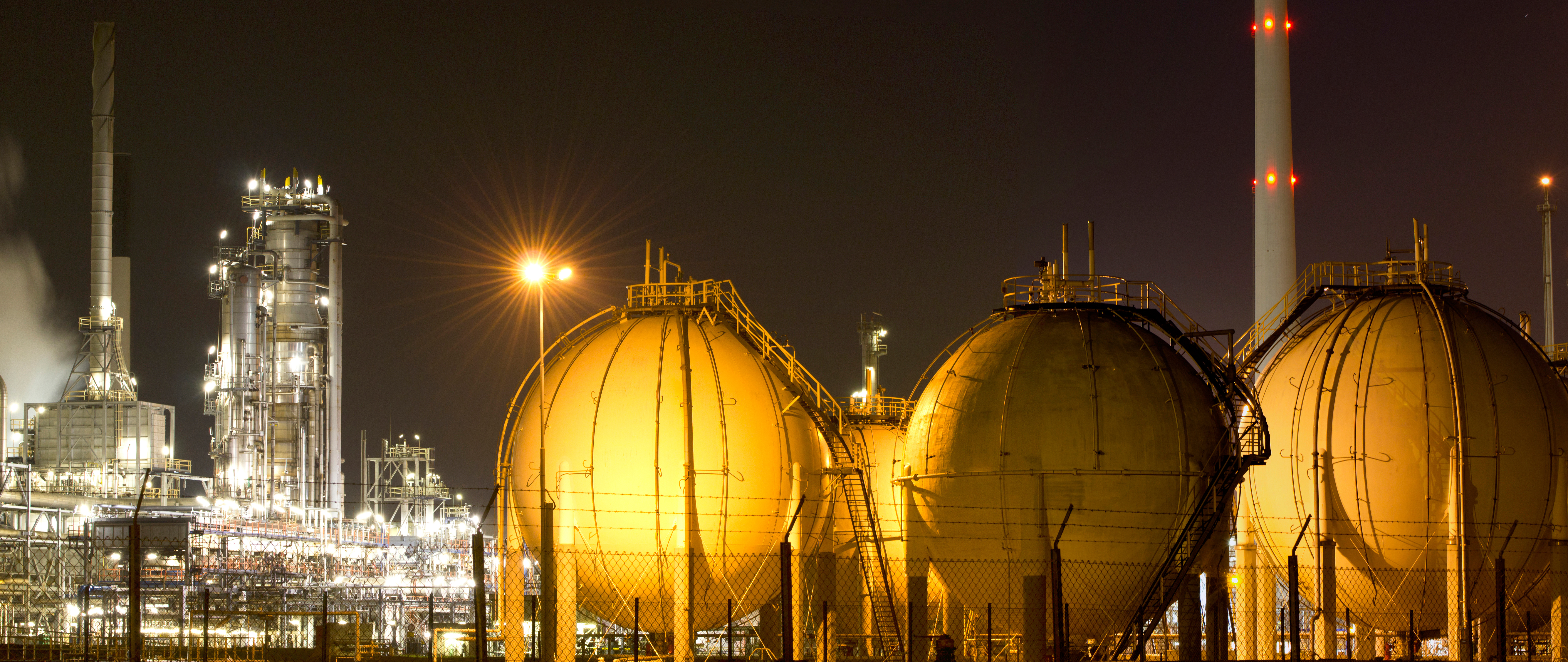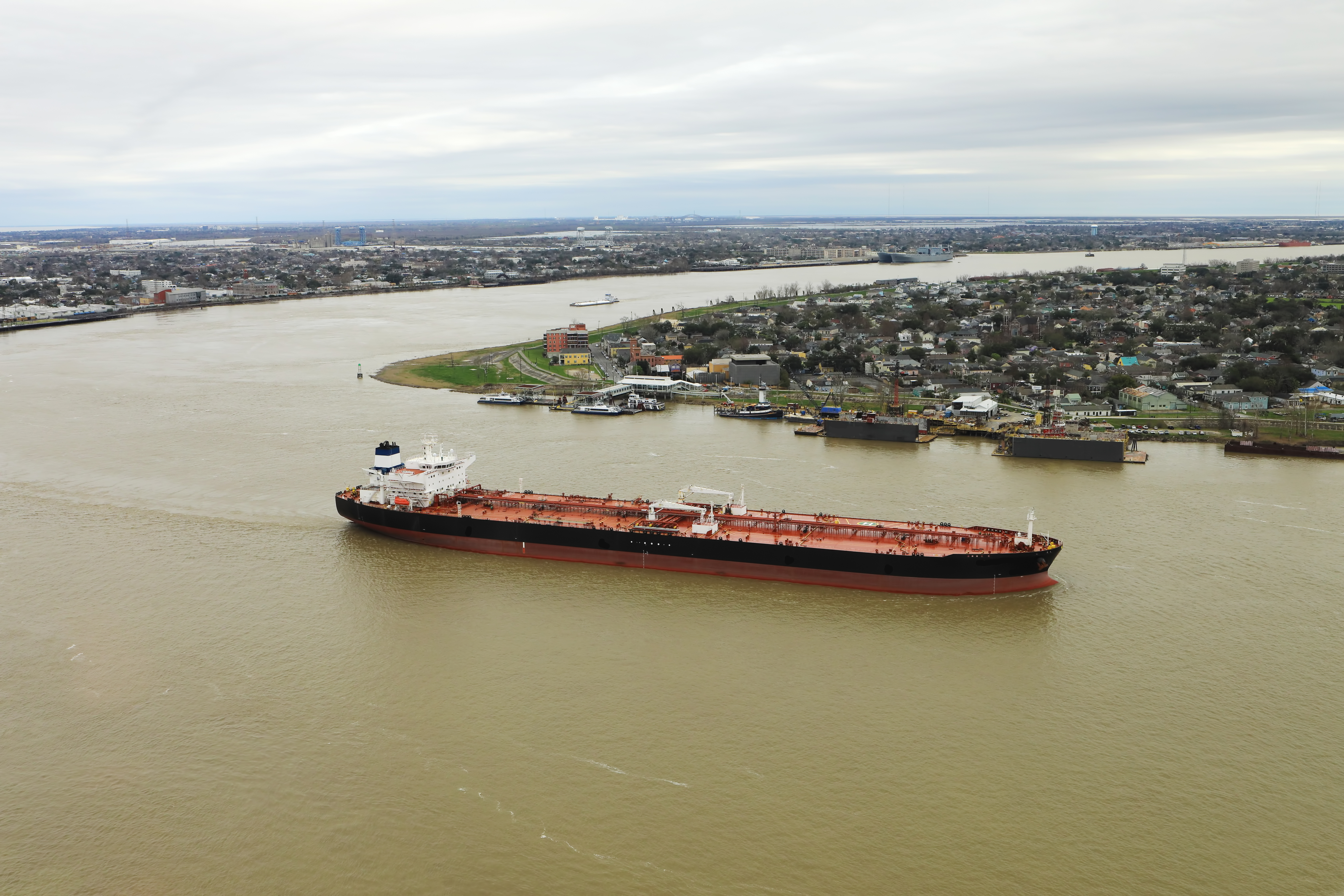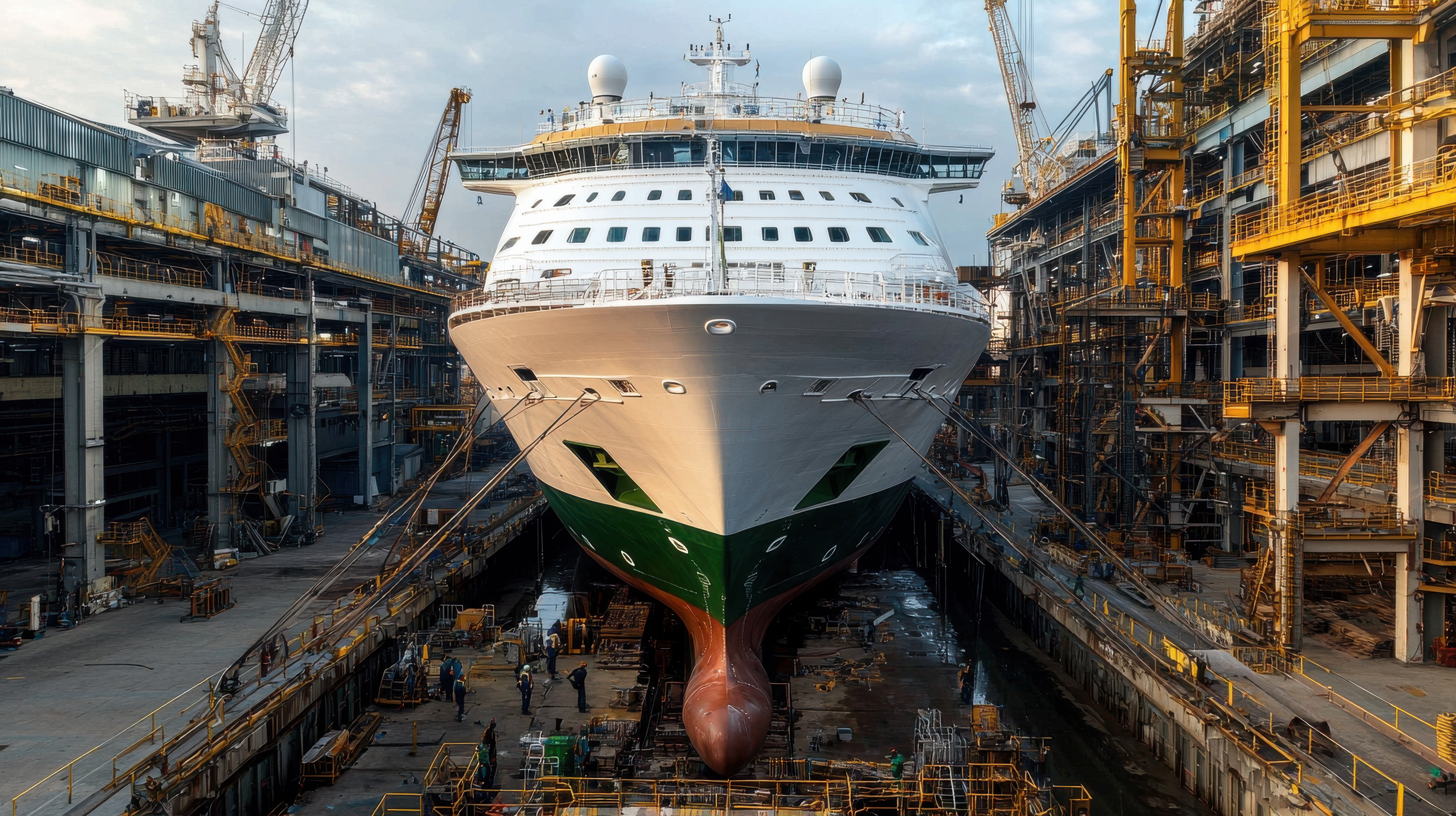
The International Group of P&I Clubs launches the second safety animation to help prevent injuries and loss of life during mooring operations.
Seafarers and shore personnel continue to be injured or killed during mooring operations. In the five policy years to 2021, the International Group Clubs were notified of 858 injuries and 31 fatalities during mooring operations. The ISM Code, the safe working practices of Merchant Seafarers (COSWP) and the Oil Companies International Marine Forum (OCIMF) Mooring Equipment Guidelines have helped to tackle technical aspects of mooring operations.
This animation focuses on the human factors and influencing circumstances on human performance in the lead up to and during mooring operations.
The overriding message, of the animation is Stop, Think, Stay Alive and each scenario is accompanied by guidance notes.
- Understanding the operation and risks
- Time pressure
- Staying aware of risks
- Rushing tasks
- Using the master's overriding authority
- Speak up when in doubt
How would you prevent these situations from happening on board your ship?
View the animation from the International Group's website and download the guidance notes below.





